SUMMARY
This is AI generated summarization, which may have errors. For context, always refer to the full article.
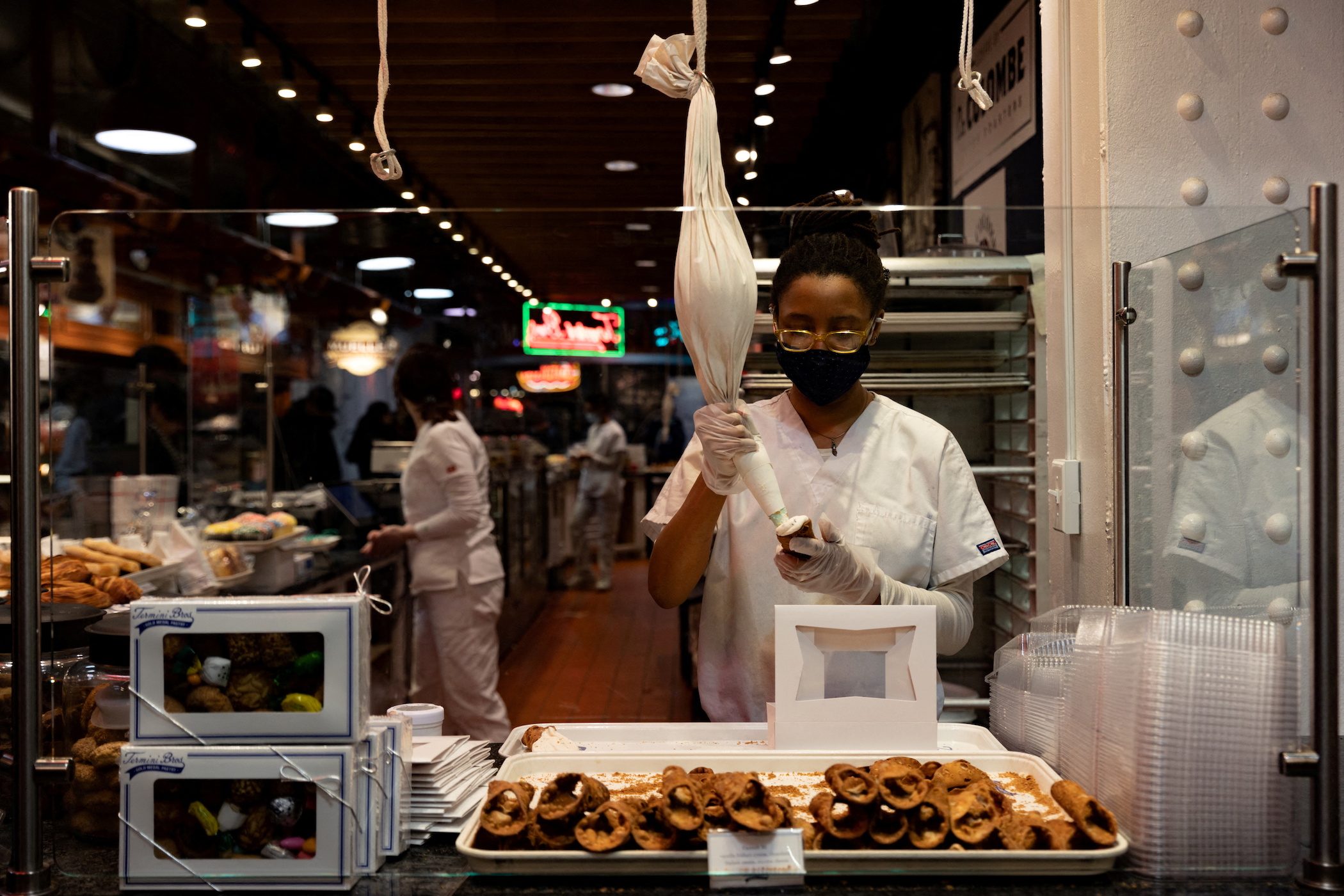
WASHINGTON, USA – US job growth accelerated in February, pushing the unemployment rate to a two-year low of 3.8% and raising optimism that the economy could withstand mounting headwinds from geopolitical tensions, inflation, and tighter monetary policy.
The Labor Department’s closely watched employment report on Friday, March 4, also showed the economy created 92,000 more jobs than initially estimated in December and January. It suggested that the labor market was moving past the COVID-19 pandemic and that the economy has weaned itself off government money.
Though average hourly earnings were flat last month, that was because of the return of workers in lower-paying industries and a calendar bias. Companies are raising wages to attract scarce workers, which is contributing to higher inflation.
Economists said absent Russia’s war against Ukraine, which has pushed up prices of oil, wheat, and other commodities, the strong employment report would have pressured the Federal Reserve to raise interest rates by half of a percentage point later this month.
“On balance, despite weakness in wages, this is one more in a long line of reports suggesting the Fed should have started raising rates ages ago,” said Chris Low, chief economist at FHN Financial in New York. “The Fed has its work cut out if it wants to slow demand enough to stabilize the unemployment rate at 4%.”
The survey of establishments showed nonfarm payrolls jumped by 678,000 jobs last month, leaving employment 2.1 million jobs below its pre-pandemic level. Economists expect all the lost jobs will be recouped by the third quarter of this year.
Fed Chair Jerome Powell this week described the labor market as “extremely tight,” and told lawmakers that he would support a 25-basis-point interest rate increase at the US central bank’s March 15-16 policy meeting. Economists expect as many as seven rate hikes this year.
Employment growth was boosted by subsiding infections of the Omicron variant of COVID-19. At least 1.6 million people reported they were not at work last month because of illness, sharply down from a record 3.6 million in January.
Economists polled by Reuters had forecast payrolls would rise by 400,000 jobs, with estimates ranging from as low as 200,000 to as high as 730,000. February’s broad increase in employment gains was led by the leisure and hospitality industry, one of the sectors hardest hit by the Omicron variant.
Leisure and hospitality payrolls increased by 179,000 jobs. Employment at restaurants and bars shot up 124,000, while hotels and motels added 28,000 workers. Employment in the professional and business services industry increased by 95,000 jobs.
Retailers added 37,000 jobs. Manufacturing payrolls increased by 36,000 jobs, while construction employment rose by 60,000. Government employment increased by 24,000 jobs.
The report was, however, overshadowed by the Russia-Ukraine war. Stocks on Wall Street dropped sharply in early trading before paring some losses, while the dollar rallied against a basket of currencies as investors sought safe havens. US Treasury yields fell.
More people working
Russia’s invasion of Ukraine has sent oil prices surging above $100 a barrel, which will keep US inflation boiling for a while and hurt consumer spending in the near term.
The unchanged reading in average hourly earnings followed a 0.6% increase in January. Data for the employment report is collected during the week that includes the 12th day of the month.
“There’s a very well-established pattern when the 15th of the month falls on a Saturday that typically boosts average hourly earnings that month and the following month falls to the downside,” said Robert Rosener, a senior economist at Morgan Stanley in New York. “That was the case in January, when the 15th of the month fell on a Saturday…and February was expected to show some payback that would drag down the figure.”
Wages rose 5.1% in the 12 months through February after advancing 5.5% in January. Wages for production and non-supervisory workers rose 0.3% from January.
The average workweek increased to 34.7 hours from 34.6 in January. Aggregate hours worked rebounded 0.8%, which bodes well for economic growth this quarter.
“With the rebound in hours worked and further gains projected for March, real GDP (gross domestic product) is expected to rise by close to 3% (annualized rate) in the first quarter,” said Brian Bethune, professor of practice at Boston College. “The ‘Black Swan’ massive invasion of Ukraine, combined with related jumps in crude oil and other commodity prices, nevertheless, throws some sand into the machinery of growth in the first half.”
Details of the household survey from which the unemployment rate is derived were equally strong. Household employment increased by 548,000 jobs, more than enough to absorb the 304,000 people who entered the labor force.
The unemployment rate dropped two-tenths of a percentage point to 3.8% last month, the lowest level since February 2020. The labor force participation rate, or the proportion of working-age Americans who have a job or are looking for one, increased to 62.3%, the highest level since March 2020, from 62.2% in January.
Men accounted for the increase, with 479,000 entering the labor force, while 48,000 women left.
“More individuals on payrolls means greater aggregate purchasing power from consumers,” said Peter Essele, head of portfolio management at Commonwealth Financial Network in Waltham, Massachusetts. “The result could set up a strong second half as more spending from the newly employed is put toward goods and services. If the current trend continues, today’s equity markets will look like a bargain by year end.”
The employment-to-population ratio, viewed as a measure of an economy’s ability to create employment, rose to 59.9%, also the highest since March 2020, from 59.7% in January.
But the number of people working part-time for economic reasons shot up 418,000 to 4.1 million. That lifted a broader measure of unemployment, which includes people who want to work but have given up searching and those working part-time because they cannot find full-time employment, to 7.2% from 7.1% in January. – Rappler.com
Add a comment
How does this make you feel?








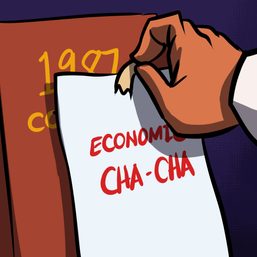



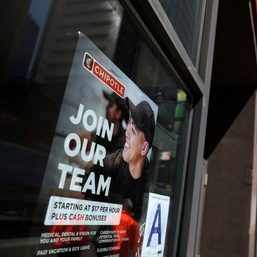
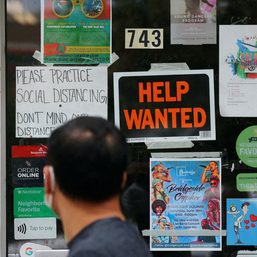
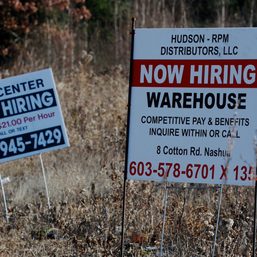


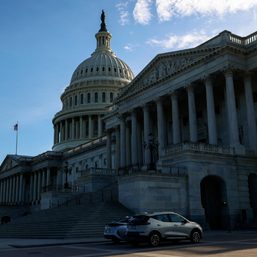


There are no comments yet. Add your comment to start the conversation.